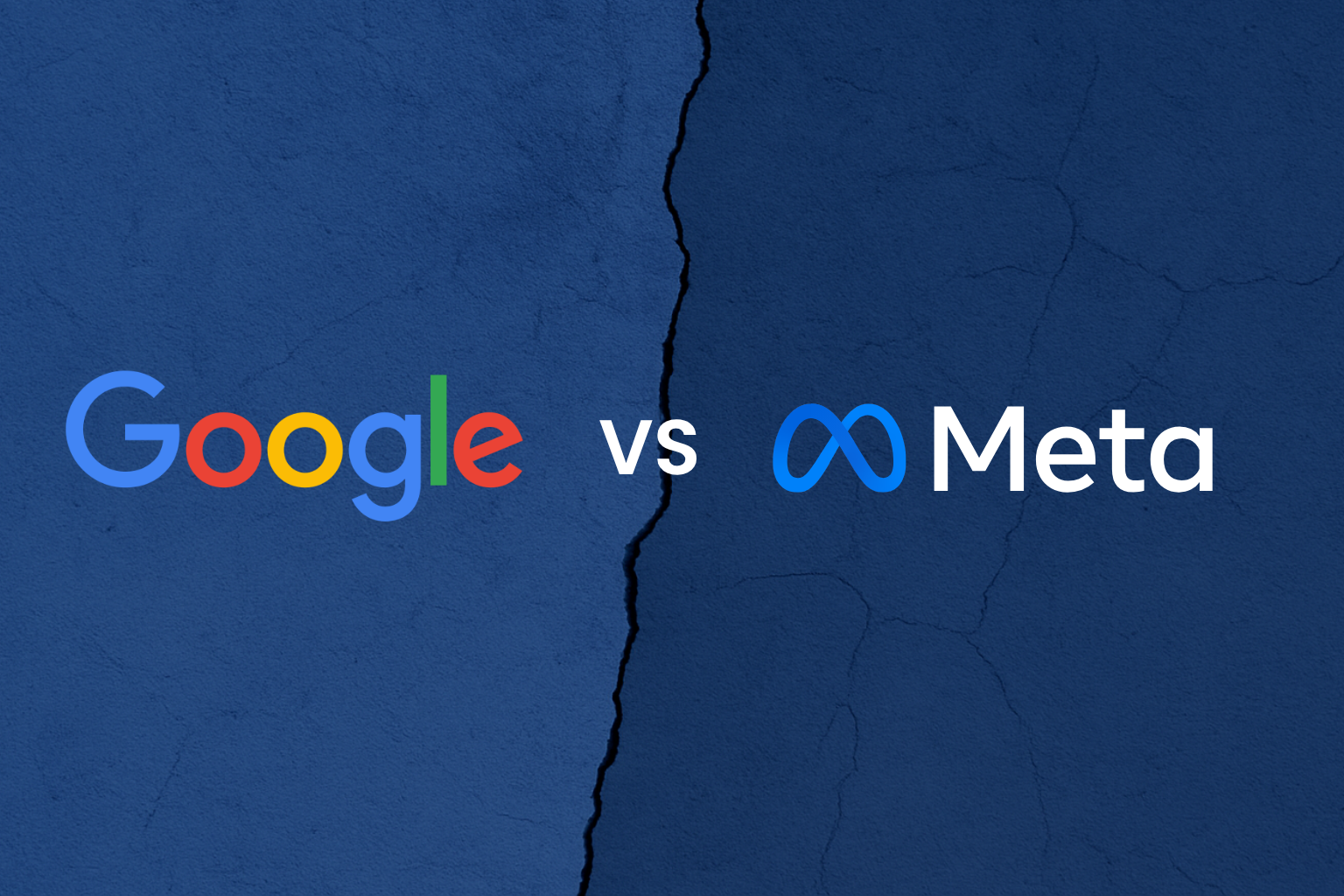In furniture ecommerce, the website does the heavy lifting. Products are high-value, bulky, difficult to visualise, and rarely bought impulsively.
That means every part of the customer’s online journey must reduce friction and build confidence.
Navigation That Helps Customers Find the “Right” Product Quickly
Furniture shoppers browse deeply. They compare styles, materials, finishes, and dimensions before they even think about adding to cart.
High-converting sites all have:
- Logical category structures (Sofas → Sectionals → L-Shape)
- Room-based browsing (Living Room, Dining Room, Office…)
- Material-based filters (Solid wood, velvet, leather, rattan)
- Visual mega menus with images
The goal: reduce cognitive load. Make it effortless to get to the right product in under three clicks.
Homepages That Act Like a Digital Showroom
Top-performing furniture websites don’t treat the homepage as decoration — they treat it like a showroom entrance.
They include:
- One clear value message
- Beautiful category blocks
- Best sellers
- Social proof and reviews
- A reassurance bar (delivery, returns, warranty, finance)
- Strong lifestyle imagery
High converters immediately answer: “Why should I buy from you instead of another brand?”
High-Quality Product Pages With Exceptional Detail
Furniture is a considered purchase. A strong PDP acts like a salesperson.
The best furniture PDPs all have:
- Multiple angles, close-ups & lifestyle images
- Accurate measurements and technical drawings
- Clear fabric/material photography
- Delivery information upfront
- Transparent returns policy
- Real customer reviews with photos
- Strong trust signals (warranty, sustainable materials, craftsmanship)
Top converters remove uncertainty. The customer shouldn’t need to open another tab to double-check anything.
Mobile-Optimised Layouts With Fast Load Speeds
More than half of furniture browsing happens on mobile — but most furniture websites still behave like desktop-first designs.
High-converters always ensure:
- Pages load within 2–3 seconds
- Product images are compressed (WebP)
- Navigation works clearly on mobile
- Filters don’t require endless scrolling
- Buttons are large enough to tap
- Checkout is optimised for mobile wallets
Fast, mobile-friendly experiences dramatically increase conversions for high-ticket items.
Excellent Filtering & Comparison Tools
Customers want control — especially when choosing between multiple sofa sizes or bed frames.
High-converting furniture sites usually include:
- Size, material, colour, price filters
- “Fits small spaces” or “Best for apartments” tags
- A comparison feature
- Sorting by “most popular” or “best rated”
Good filters reduce decision fatigue, which directly impacts CVR.
Clear Finance & Payment Options
High converters make expensive purchases feel comfortable.
They offer:
- Pay in instalments (Klarna, PayPal Credit, Affirm)
- Deposit options for custom pieces
- Local payment methods
- Transparent delivery and assembly fees
These options increase trust — and can lift conversion rates by 20–40% for furniture brands.
Powerful Visuals: Lifestyle, Video & 360°
Because furniture must be imagined in a real space, high-performing websites invest heavily in visuals like:
- Lifestyle photography
- Customer content
- Room shots for scale
- Short videos
- 360° spins or AR tools
This reduces returns and increases add-to-cart behaviour.
Strong SEO & Content Foundations
High-converting furniture websites also rank well — because they’re built with SEO in mind.
Common features include:
- Category pages with unique descriptions
- Product schema
- Review schema
- Internal linking to buying guides
- Trend-driven blog content
- Optimised product titles & attributes
This helps them win organic traffic while lowering their paid media CPAs.
Trust-Building Elements That Reduce Buyer Anxiety
Furniture customers worry about:
- Quality
- Delivery timelines
- Damages
- Return costs
- Assembly hassles
- Customer service
High-converting sites address these concerns before they arise by showcasing:
- Warranty periods
- How delivery works
- Past customer photos
- Press features
- “Handmade” or “sustainably sourced” badges
- Certifications (FSC, eco-friendly materials, etc.)
Every reassurance improves conversion rates.
A Continuous CRO Mindset — Not a One-Off Redesign
What truly separates high-converting furniture websites is iteration.
They use:
- Heatmaps
- Session recordings
- Split tests
- Exit surveys
- Funnel analysis
- Attribute performance tracking
- Small, consistent improvements outperform big, infrequent redesigns.
Final Thoughts
High-converting furniture websites all share one philosophy: reduce friction and build trust at every step of the buying journey.
When your website makes it easy for customers to research, compare, visualise, and purchase with confidence, every marketing channel becomes more efficient.
.png)
.png)

.jpg)


.png)

.png)
.png)

.png)


.svg)
.svg)
.svg)
.svg)